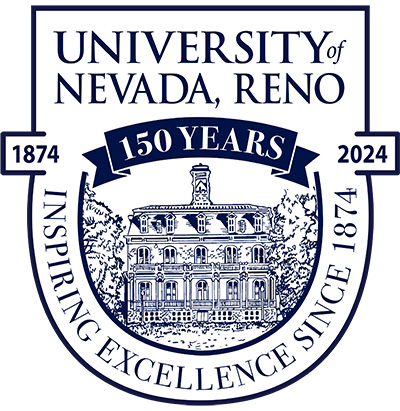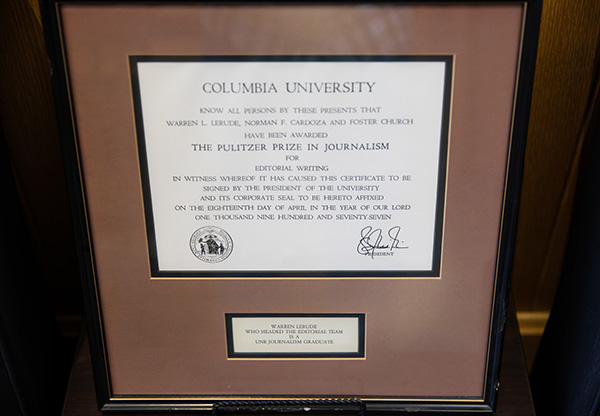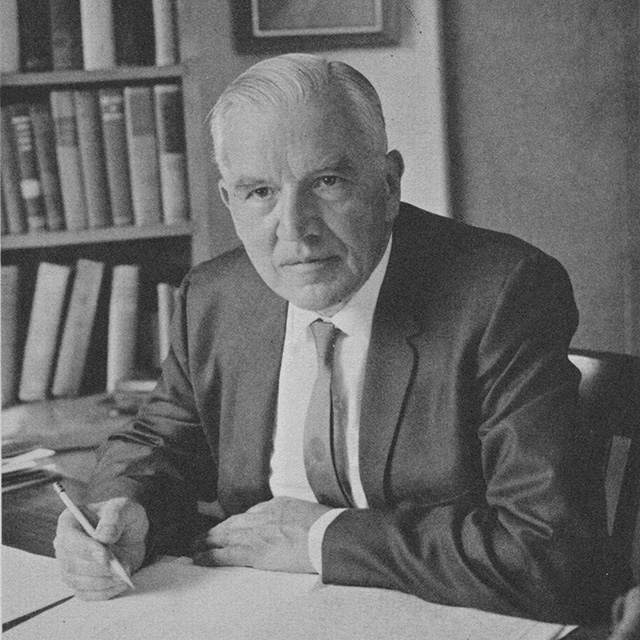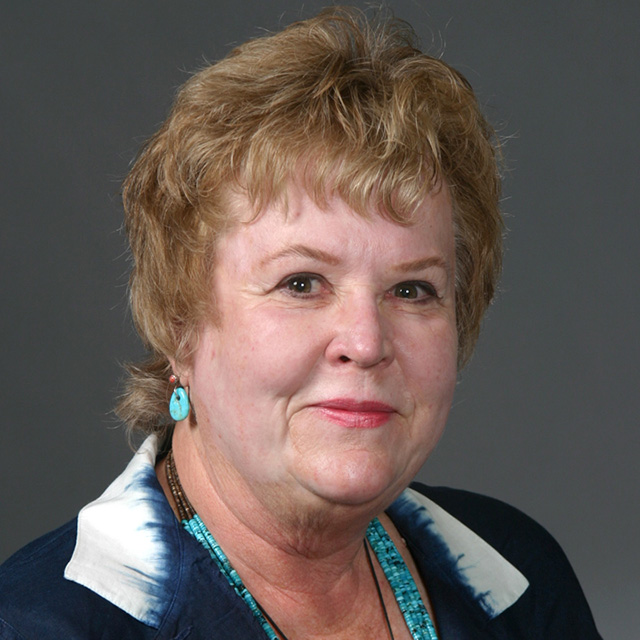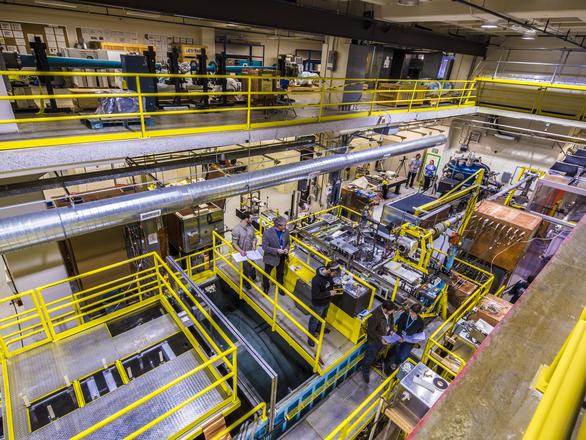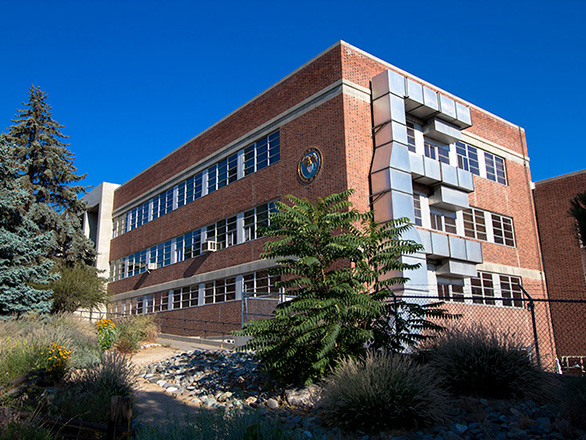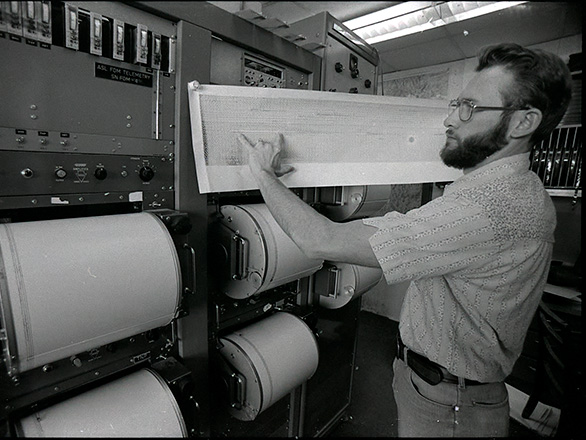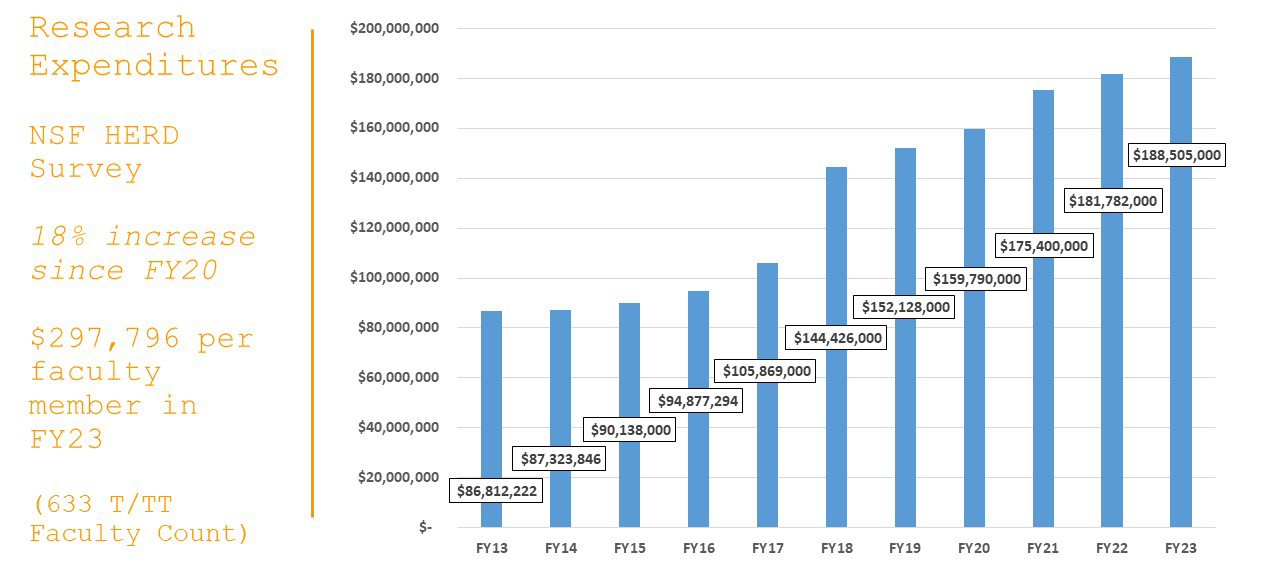For the past 150 years, University of Nevada, Reno faculty, staff, and students have shown excellence in improving processes, strengthening outcomes, and fostering innovations from early developments in agricultural techniques and equipment to current advances in medicine, engineering, and science. In 1967, the UCCSN Board of Regents established a patent and intellectual property policy.
Since the first institutional patent filing in 1968, for the “Automatic Animal Catching Gate,” the University has been awarded 175 patents. These have represented many areas of important innovations including vaccines, surgical components, chemical sensors, snowpack measurement, and improved coatings for the aerospace industry. The patents here on display are just a few of the 76 patents and 41 pending applications currently assigned to the University.
